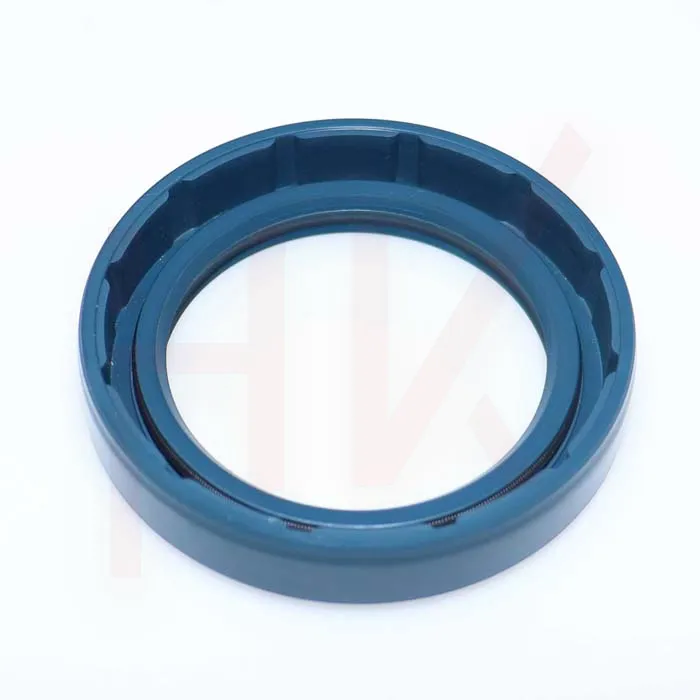Nov . 11, 2024 16:08 Back to list
hydraulic cylinder seal replacement
Hydraulic Cylinder Seal Replacement A Comprehensive Guide
Hydraulic cylinders play a crucial role in various applications, from heavy machinery in construction to automotive systems. However, like any mechanical component, they are susceptible to wear and tear over time, particularly the seals. Seal failure can lead to fluid leaks, reduced efficiency, and ultimately, equipment failure. This underscores the importance of understanding hydraulic cylinder seal replacement.
Understanding Hydraulic Seals
Hydraulic seals serve an essential function within cylinders, ensuring that hydraulic fluid remains contained and enabling efficient operation. They prevent leakage and provide a barrier between different sections of the cylinder, which is vital for maintaining pressure. When seals begin to degrade, it is common to observe hydraulic fluid leaking from the cylinder, which can significantly affect performance and safety.
Signs That Seals Need Replacement
There are several indicators that the seals in a hydraulic cylinder may need replacing. The most obvious sign is visible leakage of hydraulic fluid around the cylinder. Other warning signs include
1. Reduced Performance If the hydraulic cylinder struggles to lift or move loads it previously handled easily, this could indicate seal wear. 2. Increased Noise An unusual increase in noise or vibrations during operation may signal that seals are failing, causing the components to work harder.
3. Slow Response If the cylinder does not respond quickly when activated, it may be due to fluid bypassing worn seals.
4. Contamination Presence of dirt or other contaminants alongside the hydraulic fluid can signal that seals are allowing foreign materials to intrude.
Preparing for Seal Replacement
Before diving into seal replacement, it is crucial to gather the necessary tools and supplies
. You will need- Replacement seals (ensure the correct size and material) - Wrenches and socket sets - A clean workspace - A seal puller or scraper - Clean cloths for wiping surfaces - Hydraulic oil for refilling
hydraulic cylinder seal replacement

Take time to review the manufacturer’s manual, as cylinder designs can vary significantly, influencing the replacement process.
Steps for Seal Replacement
1. Safety First Before starting, ensure that all safety measures are in place. Wear protective gear and ensure that the hydraulic system is depressurized to avoid accidents.
2. Disassemble the Cylinder Carefully remove the cylinder from its mounting. Use appropriate tools to unscrew the end caps and extract the piston. Keep track of the order of components for reassembly.
3. Remove Old Seals Using a seal puller or a flat scraper, gently remove the old seals from the grooves. Be careful not to damage the cylinder surface.
4. Clean the Cylinder Thoroughly clean the surfaces where the seals were housed. This step is crucial, as any debris can compromise the effectiveness of the new seals.
5. Install New Seals Carefully place the new seals into their respective grooves, ensuring they are oriented correctly. It is often recommended to lubricate the seals lightly with hydraulic fluid to aid in installation.
6. Reassemble the Cylinder Once the new seals are in place, reassemble the cylinder by attaching the piston and end caps, ensuring all components are tightened to the manufacturer’s specifications.
7. Test the Cylinder After reassembly, reconnect the hydraulic system and gradually pressurize the cylinder. Check for leaks around the new seals and test the functionality to ensure it operates smoothly.
Conclusion
Replacing hydraulic cylinder seals is a vital maintenance task that can significantly extend the life of the equipment and maintain operational efficiency. With the right tools, knowledge, and precautions, even those with basic mechanical skills can perform seal replacements effectively. Regular maintenance not only saves costs in the long run but also enhances the reliability of hydraulic systems. Always consult the manufacturer’s guidelines and consider professional assistance if unsure about any steps in the replacement process.
-
TCN Oil Seal Metal Ring Reinforcement for Heavy Machinery
NewsJul.25,2025
-
Rotary Lip Seal Spring-Loaded Design for High-Speed Applications
NewsJul.25,2025
-
Hydraulic Cylinder Seals Polyurethane Material for High-Impact Jobs
NewsJul.25,2025
-
High Pressure Oil Seal Polyurethane Coating Wear Resistance
NewsJul.25,2025
-
Dust Proof Seal Double Lip Design for Construction Equipment
NewsJul.25,2025
-
Hub Seal Polyurethane Wear Resistance in Agricultural Vehicles
NewsJul.25,2025
-
The Trans-formative Journey of Wheel Hub Oil Seals
NewsJun.06,2025
Products categories
















